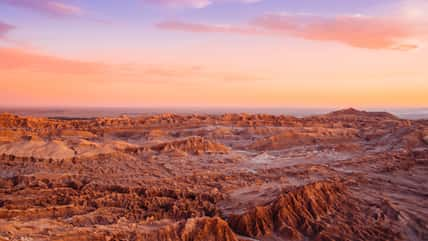7 Ancient Mysteries Yet To Be Solved
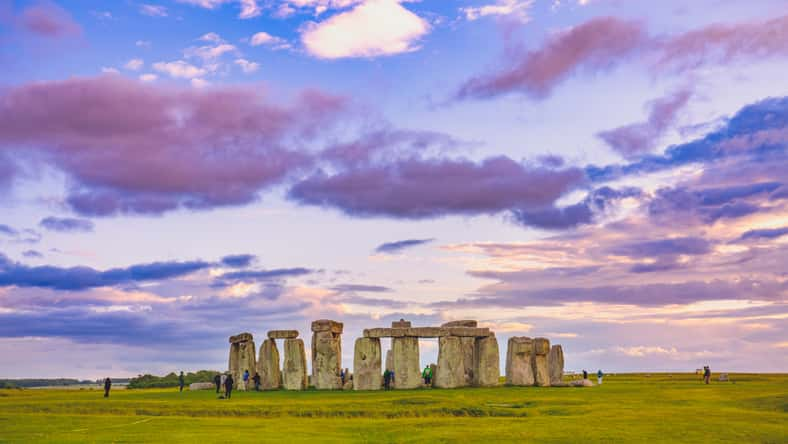
The Ancient World Was Full Of Secrets
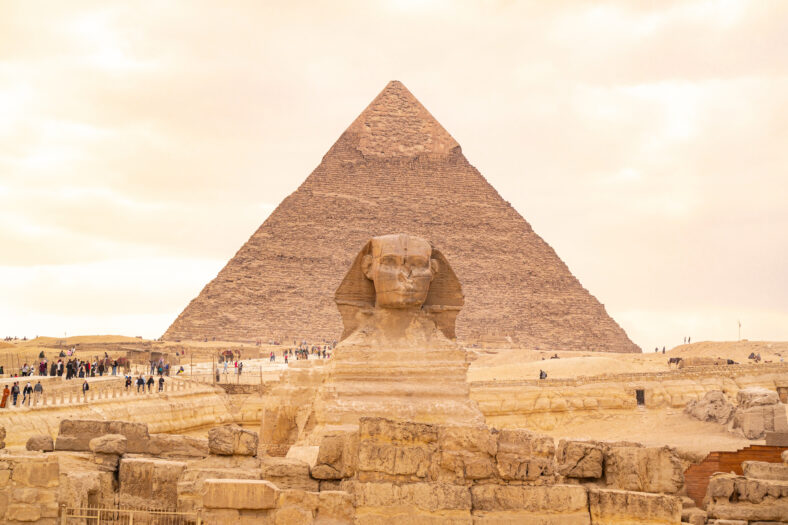
History often leaves us on a cliffhanger, from strange scripts that no one can decode to entire civilizations that seem to have just vanished in thin air.
The ancient world was definitely filled with secrets. Archaeologists have uncovered incredible artifacts here and there, piecing together some pieces of the puzzle, but many mysteries have remained unsolved.
Here Are 7 Ancient Mysteries Yet To Be Solved
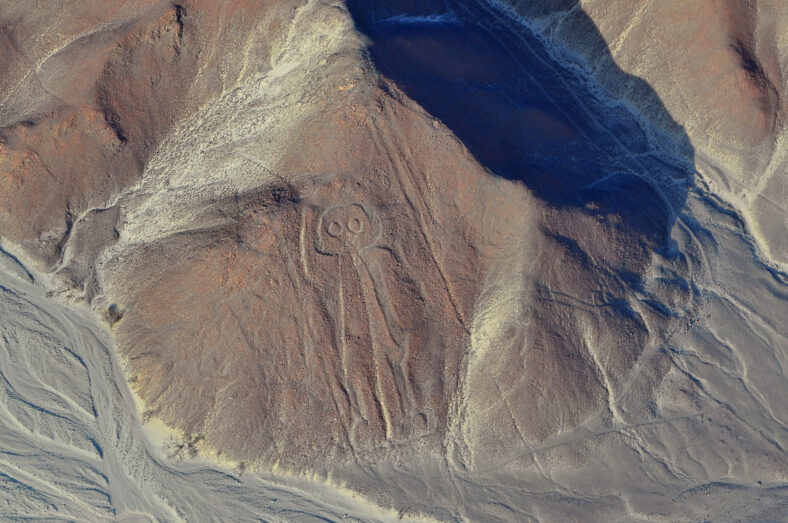
Humanity has always been obsessed with the unknown. I mean, who hasn’t fallen down a YouTube rabbit hole at two in the morning?
So, let’s dive into the past! Here are seven ancient mysteries that have yet to be solved.
1. Cleopatra’s Tomb

The last queen of Egypt was Cleopatra VII, who famously consorted with Julius Caesar and Mark Antony. She later took her own life in 30 B.C. after she and Antony were defeated at the Battle of Actium. The couple was reportedly buried together, but the location of their tomb has not been found.
Some researchers believe it was in Alexandria but was lost when a tsunami struck in 365 A.D. Others think it was elsewhere in the Nile Delta.
2. Stonehenge
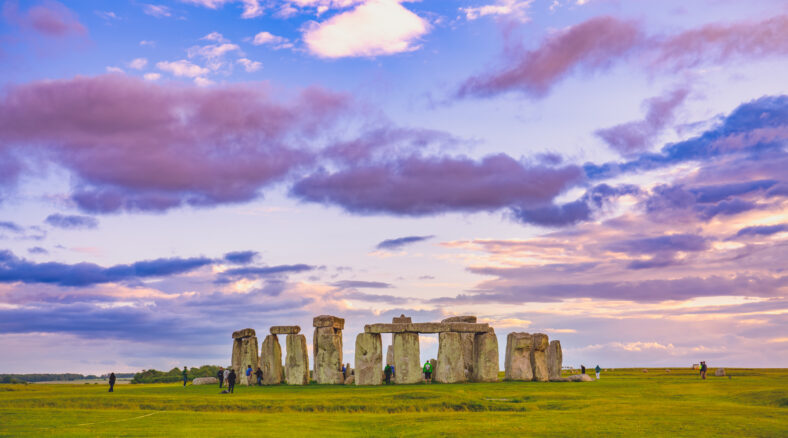
One of the most iconic landmarks in the world is Stonehenge. Its construction began around 5,000 years ago and was a major feat for prehistoric people because they had to transport the stones from miles away.
After centuries of study, most researchers agree that it acted as a burial site. However, its religious, ceremonial, and astronomical significance remains unclear.
3. Nazca Lines
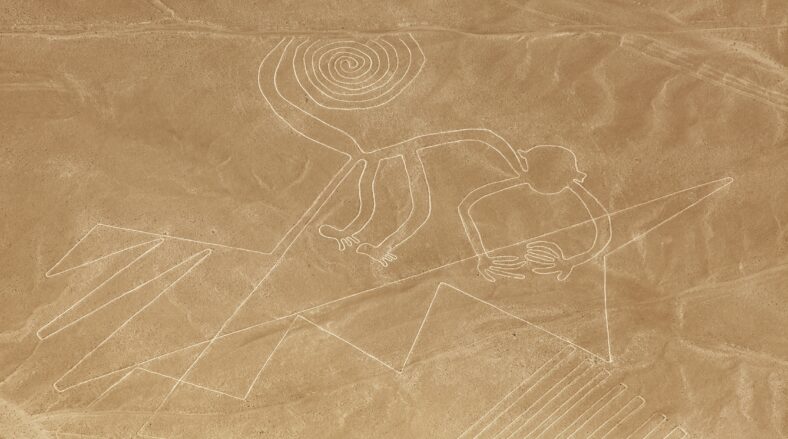
A pre-Inca civilization created a series of drawings in Peru about 2,000 years ago. The geoglyphs are known as the Nazca Lines. They stayed largely out of sight and out of mind until aircraft began flying over the area in the 1930s. Over 1,000 lines have been discovered so far. Most of them are straight lines that continue for up to 30 miles.
There are also geometric shapes and images of animals and plants, such as a spider, a whale, a monkey, a hummingbird, a dog, a two-headed snake, and a humanoid figure. As of 2022, 168 new geoglyphs were found. Researchers do not understand their purpose, but they might be linked to water rituals.
4. Voynich Manuscript

A rare book dealer named Wilfrid Voynich acquired a medieval manuscript in 1912. He claimed it had been in an ancient castle in southern Europe. The manuscript was written in a strange language or code that no one could decipher. In addition, there were images of fictional plants and unclothed women.
Even the FBI tried to crack the case, but they failed. Some suspect the manuscript is a hoax. It is now housed at Yale University and is available for the public to visit.
5. Plain Of Jars
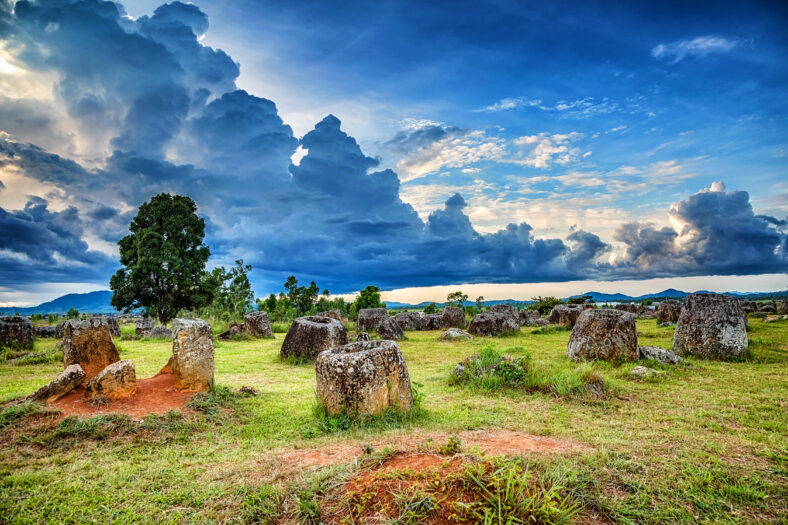
In the mountains of northern Laos, thousands of stone jars covered in lichen from the Iron Age can be seen. Some are 10 feet tall and weigh several tons.
They were mainly carved from sandstone and stand in groups from one to 400. They possibly served as funerary urns, but it is unclear how they were moved into place and who created them.
6. Yonaguni Monument
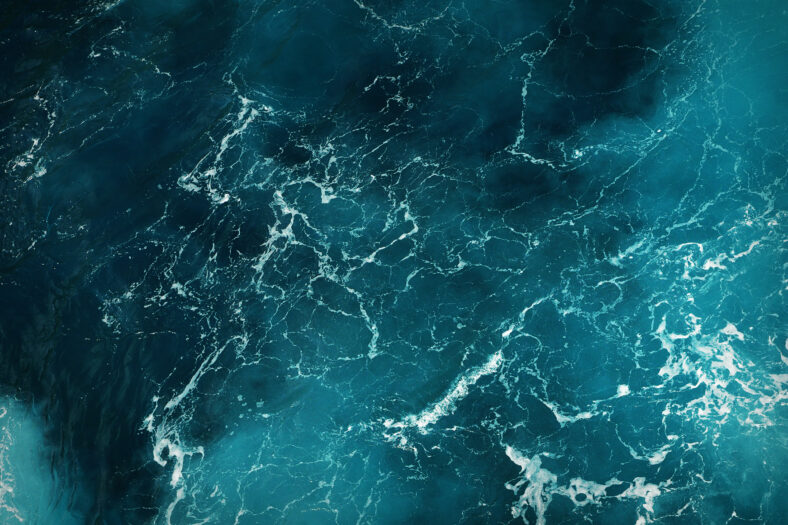
A rock structure called the Yonaguni Monument lies underwater off the coast of Japan’s Yonaguni Island. It is at least 165 feet long and 65 feet wide.
It was discovered in the 1980s and may be the ruins of an ancient civilization. However, it could also simply be a natural phenomenon that was shaped by ocean currents and tectonic uplift.
7. Guanabara Bay

In 1982, a shipwreck explorer named Robert Marx claimed to have found several Roman vases in Brazil’s Guanabara Bay.
They seemed to be proof that the Romans were the first Europeans to arrive in Brazil, but he was never able to explore the site thoroughly. The Brazilian government banned Marx from the country for looting. To this day, Roman presence in Brazil has never been confirmed.
More About:News





